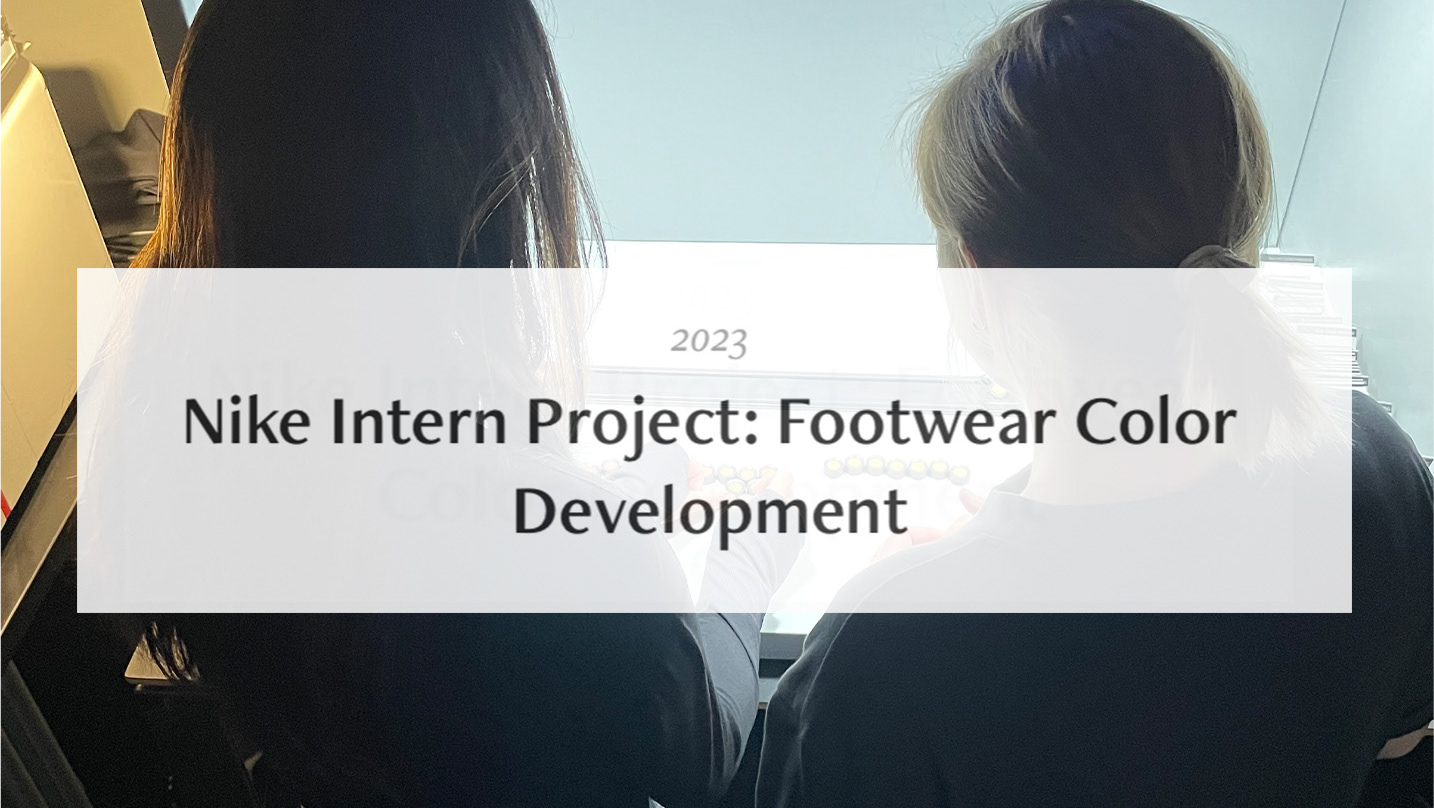The collection shown below was created for my final runway show in the Cornell Fashion Collective. The collection serves as a culmination of my college experience in both emotional meaning and academic focus: fiber science and green design.
"The Midnight Studio" is a testament to the beauty of life and the importance of sustainability, crafted to remind us of the joys that make life worth living while advocating for the protection of our planet.
Inspired by the transformative narratives in Matt Haig's "The Midnight Library" and the film "Soul," each piece serves as a tribute to the journey of life, from the excitement of childhood to the boundless possibilities of the future. Celebrating the simple pleasures, such as shared laughter and nights under the stars, this wearable narrative is designed to prompt reflection on the small, yet significant, sparks of existence.
The collection's commitment to sustainability is evident in use of post-consumer textiles as the sole fabric source in addition to recycled polyester metal organic frameworks (MOFs) for unique textile surface design. This innovative approach not only highlights the intersection of design and science but also underscores the collection's dedication to promoting human thriving through environmental stewardship. By intertwining the joys of life with the preservation of our planet, "The Midnight Studio" offers a powerful message of hope and responsibility, inviting individuals to partake in a future where both humanity and the earth can flourish together.
Metal Organic Framework Surface Design
The collection showcases innovative use of metal organic frameworks (MOFs) as functional textile surface designs synthesized from waste polyester. These unique structures have the ability to clean both air and water through the capture of harmful pollutants and appear on each garment's logo tag in addition to larger illustrations on pieces such as the pant leg shown below.
Time Lapse of Painting Pants for Look #3 with MOFs.
MOFs are highly porous, crystalline materials composed of metal clusters connected to organic ligands, creating one- or multi-dimensional structures to be used in a range of applications. During lab experimentation, I found that Ui-O66 MOFs acted as a dye/pigment-like material when exposed to water, so I utilized several variations of the Ui-O66 MOFs to create painted graphic designs of various colors on my garments.
In addition to being synthesized from upcycled dyed polyester fabrics, Ui-O66 MOFs are capable of removing harmful pollutants from the air/water such as CO2, Methane, VOCs, and Nitrogen Oxides – further contributing to the improvement of human quality of life.
First method of testing MOF application: Dry Application with Adhesive
Process of Applying Dry MOF with PVA Glue
Second Method of MOF Application: Water-based MOF application
Testing Different MOF Water Interaction Results.
More details on the MOFs I utilized in my project can be found in these two research papers:
Wet Dye Application Testing
Logo Tag Creation For All Garments









